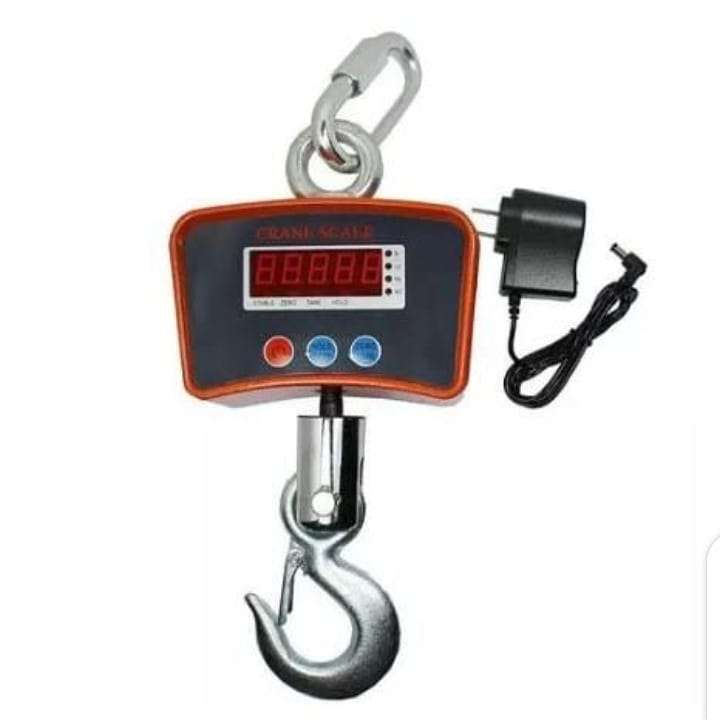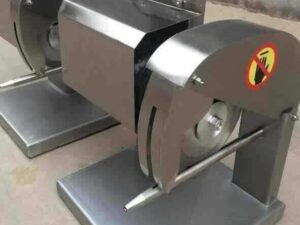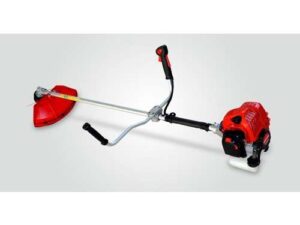Moisture Meter
₦29,000.00
Description
A Moisture Meter is a simple yet effective tool used by gardeners and farmers to measure the water content in the soil. By providing accurate moisture readings, it helps ensure that plants receive the optimal amount of water, preventing issues related to both overwatering and underwatering.
Here’s a detailed explanation of the soil moisture meter:
Features of Moisture Meter:
- Moisture Measurement:
- Purpose: The primary function of a soil moisture meter is to measure the moisture content in the soil, giving you an indication of when to water your plants.
- How It Works: The meter usually consists of one or two probes that you insert into the soil. These probes detect the amount of water present in the soil and provide a reading on a scale, typically ranging from “dry” to “wet.”
- Display:
- Analog Meter: Many soil moisture meters have an analog display with a needle that points to different levels of moisture, often labeled as “dry,” “moist,” and “wet.”
- Digital Meter: Some advanced models feature a digital display that shows the exact percentage of moisture content in the soil.
- Simplicity and Convenience:
- No Batteries Required: Most analog soil moisture meters are passive devices that do not require batteries, making them easy to use and maintain.
- Portable: These meters are lightweight and portable, making them convenient for use in various locations, whether in a garden, greenhouse, or indoor plants.
Benefits:
- Prevents Overwatering:
- Overwatering can lead to root rot and other plant diseases.
- Prevents Underwatering:
- Underwatering can stress plants, leading to poor growth and reduced yields. By monitoring the soil moisture, you can ensure that your plants are receiving enough water.
- Promotes Healthy Root Development:
- Consistent monitoring with a soil moisture meter helps maintain optimal soil conditions, promoting healthy root growth and overall plant health.
- Water Conservation:
- By providing accurate readings, a soil moisture meter helps you water your plants only when necessary, leading to more efficient water use and conservation.
How to Use:
- Insertion: Gently insert the probe(s) into the soil near the root zone of the plant. The depth of insertion can vary depending on the type of plant, but typically 2-4 inches is sufficient.
- Reading the Meter: Wait a few seconds for the needle or digital display to stabilize. The reading will tell you the current moisture level of the soil.
- Interpreting the Results:
- Dry: If the reading is in the “dry” zone, it indicates that the soil needs watering.
- Moist: A reading in the “moist” zone suggests that the soil has adequate moisture, and no additional watering is needed.
- Wet: If the reading is in the “wet” zone, it indicates that the soil is already saturated with water, and additional watering should be avoided.
Maintenance Tips:
- Clean After Use: Wipe the probes clean after each use to prevent soil build-up and ensure accurate readings.
- Avoid Rocky or Hard Soil: Inserting the probe into rocky or hard soil can damage the meter. Ensure the soil is soft or loosened before insertion.







 JANUARY PROMO: Get amazing discount on all equipment purchased from now till the end of the year.
JANUARY PROMO: Get amazing discount on all equipment purchased from now till the end of the year.
Reviews
There are no reviews yet.